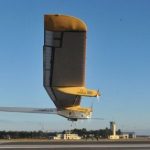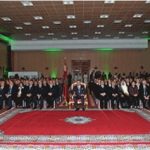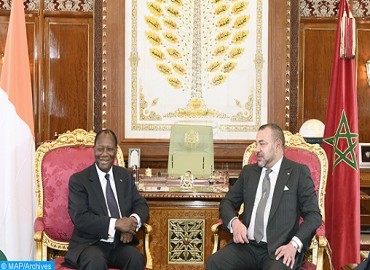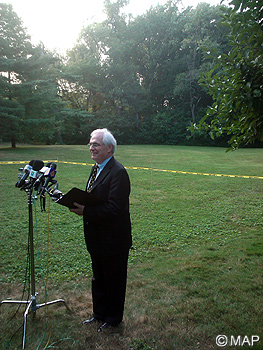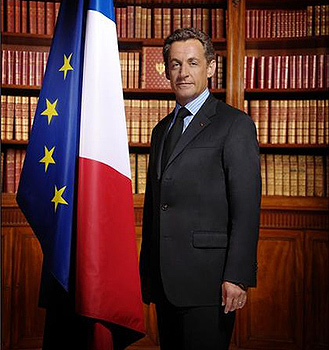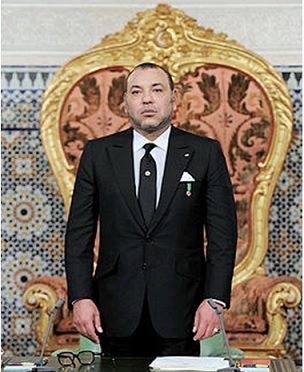Solar powered plane flies over Mediterranean
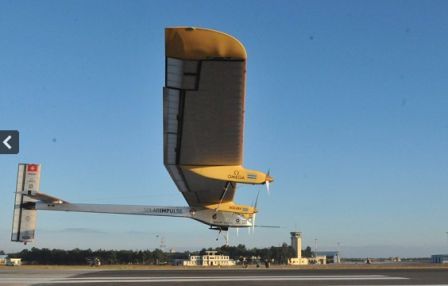 PERSISMA – Solar Impulse, a solar powered plane dreamed up by Bertrand Piccard, takes off for its “last rehearsal” before a round-the-world attempt in 2014.
PERSISMA – Solar Impulse, a solar powered plane dreamed up by Bertrand Piccard, takes off for its “last rehearsal” before a round-the-world attempt in 2014.
The Solar Impulse took off on the world’s first cross-Mediterranean flight from an airfield in western Switzerland and is scheduled to make a stop-over in Spain after a 20-hour flight, before finally flying to the Moroccan capital Rabat on Monday.
Lessons learned on this fight will help prepare the pilots for an attempt at a round-the-world journey.
“Today it’s the last rehearsal for the flight around the world in 2014. For Andre and myself as pilots and for the entire team, the mission control team and technical team”, Solar Impulse founder, Bertrand Piccard, told Reuters.
Pilot Andre Borschberg, who was flying the aircraft to Madrid, found it “rewarding” that the plane flies only using solar power.
“Well the most fun is to be able to go up to 9,000 metres with solar energy, and the more I will fly during the day, the more energy I will collect even in the batteries, so that’s very impressing, very different.
“That’s extremely rewarding that we’re able to go to Madrid and generate energy at the same time, so that’s a big big gift”, Mr Borschberg told reporters before take off.
The Solar Impulse project began in 2003 with a 10-year budget of 90 million euros (£72m) and has involved engineers from Swiss lift maker Schindler and research aid from Belgian chemicals group Solvay.
The plane, which requires 12,000 solar cells, embarked on its first flight in April 2010 and completed a 26-hour flight three months later, setting a record flying time for a solar powered aircraft.
In 2011, the plane and its crew completed the world’s first international flights with a solar-powered airplane as they landed at Brussels and Paris airports.
With an average flying speed of 70 kmph (44 mph), Solar Impulse is not an immediate threat to commercial jets, which can easily cruise at more than 10 times that speed.
Project leaders also acknowledged it had been a major challenge to fit a slow-flying plane into the commercial air traffic system.
Source: telegraph.co.uk

